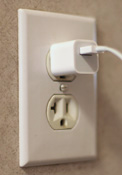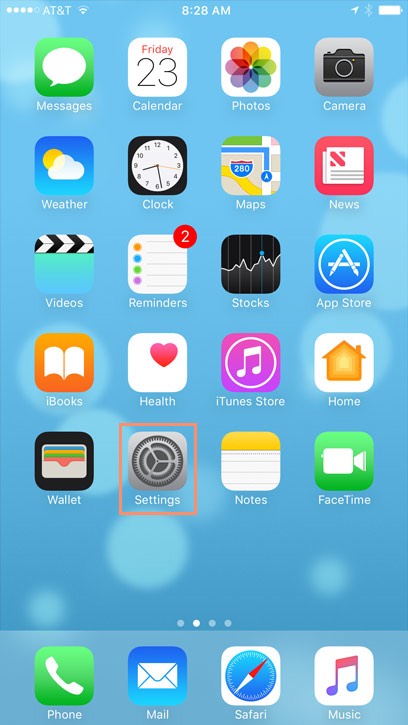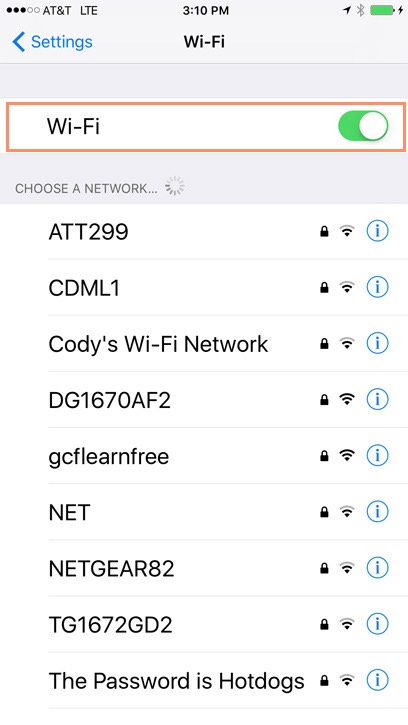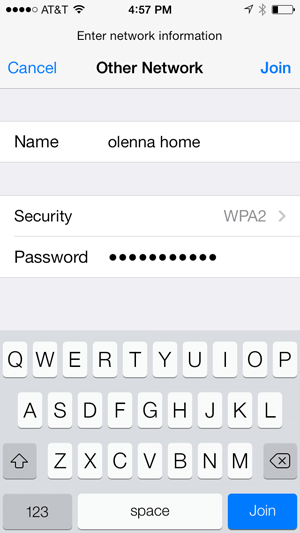iPhone Basics -
Getting Started with the iPhone

iPhone Basics
Getting Started with the iPhone


/en/iphonebasics/buying-an-iphone/content/
Once you have an iPhone, your next step should be learning about the physical features of the device and the accessories that came with it. This includes the different buttons and ports, how to turn the device on and off, how to charge the battery, and the importance of protecting the device.
Watch the video below to learn the basics of using an iPhone.
The iPhone currently comes with the following accessories:
The first time you turn on your iPhone, you'll be asked to choose a few settings, like your preferred language, a Wi-Fi network, and your Apple ID. If you don't want to choose all of these settings, you can always skip them for now and change them later.
When you're ready to use the iPhone, you'll need to wake it. Newer phones will wake automatically when you pick them up. If you're using an iPhone 6 or older, you can press the Home button to wake it. The Lock screen will appear. From here, there are two options for unlocking your iPhone:

When you're done using the iPhone, press the Sleep/Wake button to put it in Sleep mode. This will turn off the screen and help save battery life. The iPhone will go to Sleep mode automatically if you don't use it for more than a few minutes.
Most of the time, you won't need to turn your iPhone off. You can just use the Sleep/Wake button to keep your iPhone in Sleep mode. But if you need to turn it off completely (for example, on an airplane), press and hold the Sleep/Wake button for several seconds, then slide to power off.
To turn the iPhone on, press and hold the Sleep/Wake button until the Apple logo appears. It may take a few minutes to turn on completely.

The battery on your device should last for about 10 hours of normal use. When it's low, you'll need to charge it. There are three ways to charge the battery:
Although you can use an iPhone without a case, it's a good idea to purchase a case to prevent the body and screen from breaking if dropped. You can also buy a transparent screen protector to protect against scratches, but this is usually unnecessary because the iPhone is built with scratch-resistant glass.
The Apple Store has a variety of options to choose from. If you're not interested in the cases from in the Apple Store, don't worry—you can find hundreds of alternatives if you search online or in stores. No matter what you choose, a good case will go a long way toward protecting your device so you can enjoy it for years to come.
You should also make sure to have a soft, lint-free cloth for wiping fingerprints and smudges off the screen. Never use household cleaners, alcohol, or other abrasives.
Your iPhone can connect to the Internet via your cellular data plan (3G/4G or LTE) and through Wi-Fi. So what's the difference? Most cellular data plans only give you a limited amount of data per month, but you can use as much Wi-Fi as you want without using any of your cellular data.
If you have a home Internet connection, you can set your iPhone to connect to it whenever you're home. You could also connect to others' Internet connections when you visit them. You'll just need to type their Wi-Fi passwords the first time you connect.



You can also use the Control Center to turn Wi-Fi on or off. Simply swipe up from the bottom of your screen at any time to access the Control Center, then tap the Wi-Fi icon to turn it on or off.

To join a network that's in range (for example, your home's Wi-Fi or a nearby public hotspot), look for it under Choose a Network. Then tap the network you want to use. If the network is secure, you'll need to enter a password to connect to it.
If the network isn't secure, you can connect to it without a password, but you should think carefully before you do (especially if it's a public hotspot, like Wi-Fi at your local coffee shop). Anything you view or share over an unsecured network is not necessarily safe from prying eyes.
If the network doesn't appear on the list, it may be out of range or it may be closed (in other words, hidden). To join a closed network, tap Other, then follow the steps to connect to it. You'll need to know the name of the network, the security setting, and the password.

If you've already turned on your iPhone, you know that an Apple ID is part of the setup process. But what else does it do?
In short, an Apple ID is a simple user name and password. It doesn't cost anything to create one, but it's an important part of the iPhone experience. Not only is your identity on your device, but it's also your gateway to other Apple services like the App Store, iCloud, select built-in apps, and much more. The more you use your iPhone, the more you'll understand how prevalent the Apple ID is.
If you don't have an Apple ID yet, there will be plenty of opportunities for you to create one when you set up your device. You can also sign up online.
/en/iphonebasics/using-ios/content/